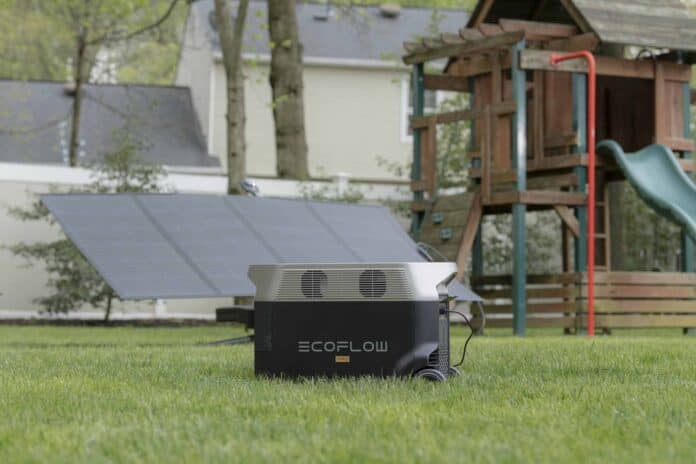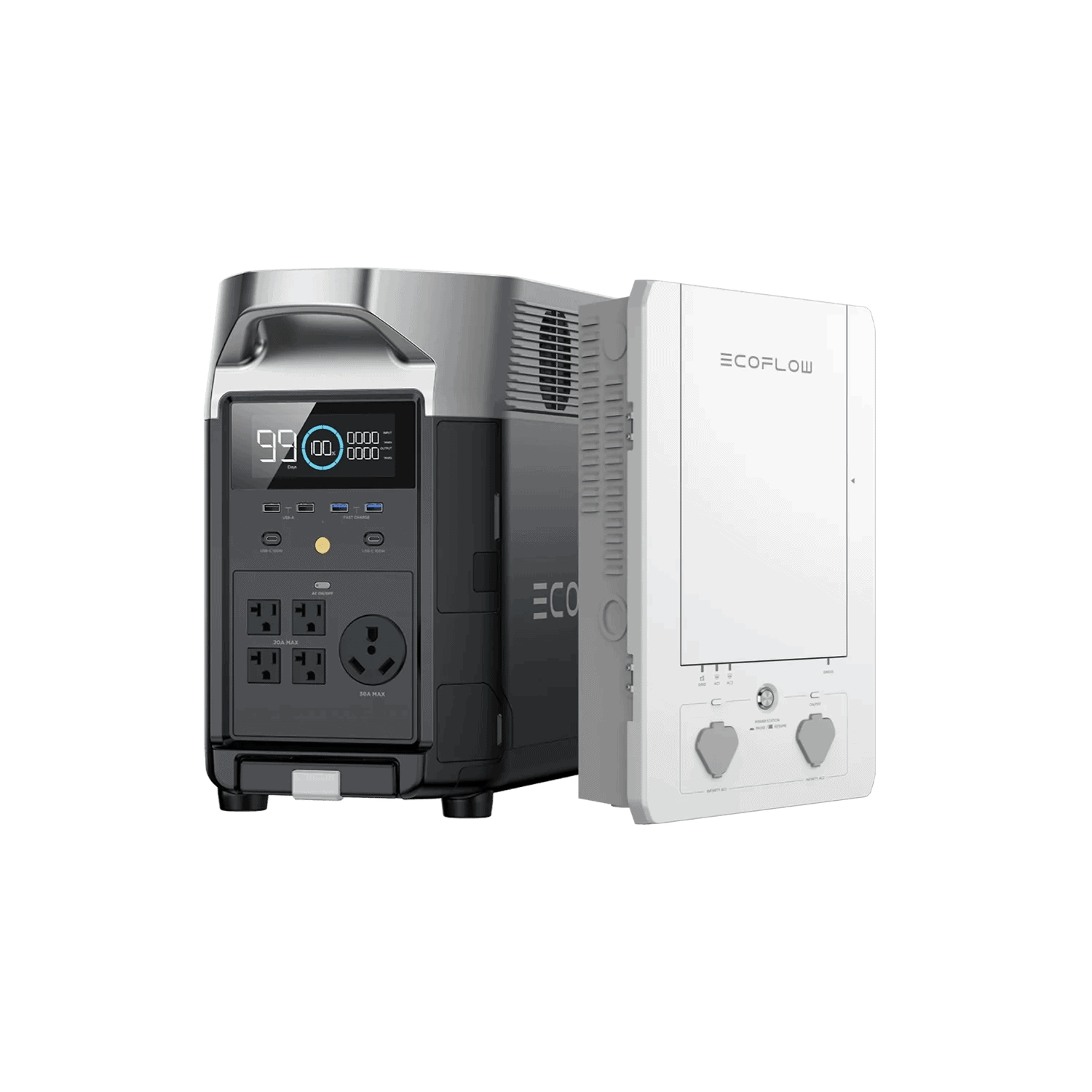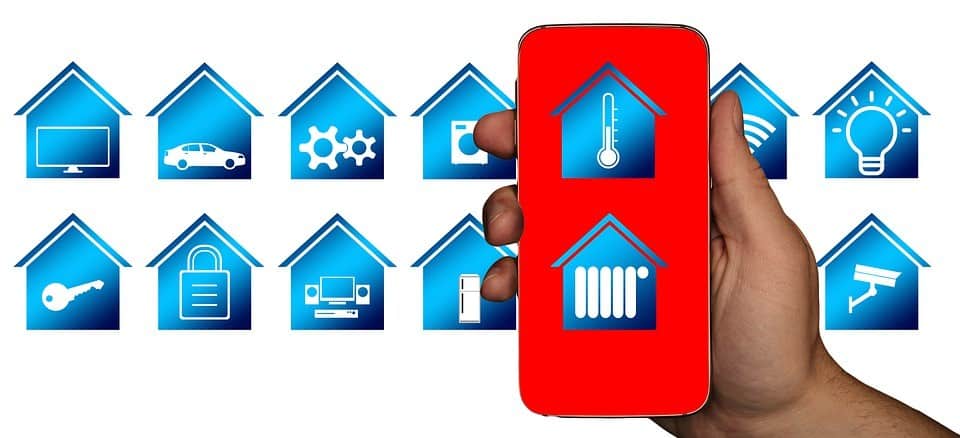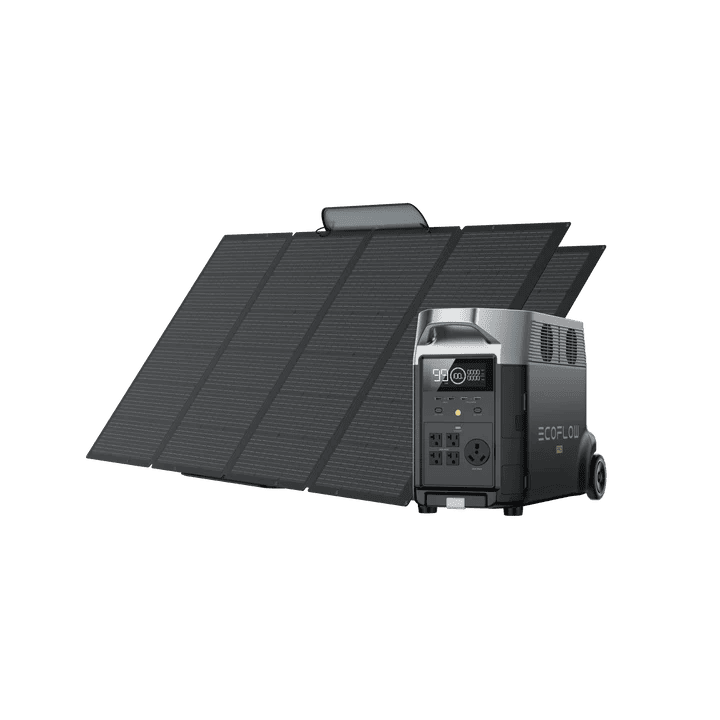Due to extreme weather and an ageing infrastructure, power outages are constantly on the rise. Backup power generators are increasingly not a luxury — but a necessity.
But what kind of home backup generator is right for you?
Choosing the best option for your home is not as simple as finding the lowest-priced or highest power output capacity option. With so many different types and manufacturers of home backup generators out there, choosing the right one is challenging, to say the least.
So what’s the solution?
Take the time to break down how much power output you need to run your essential appliances, lighting, and heating and cooling systems (if required) during an extended blackout.
Once you do this, you’ll be armed with the knowledge to make the best decision for you and your family to get through an outage in safety and comfort.
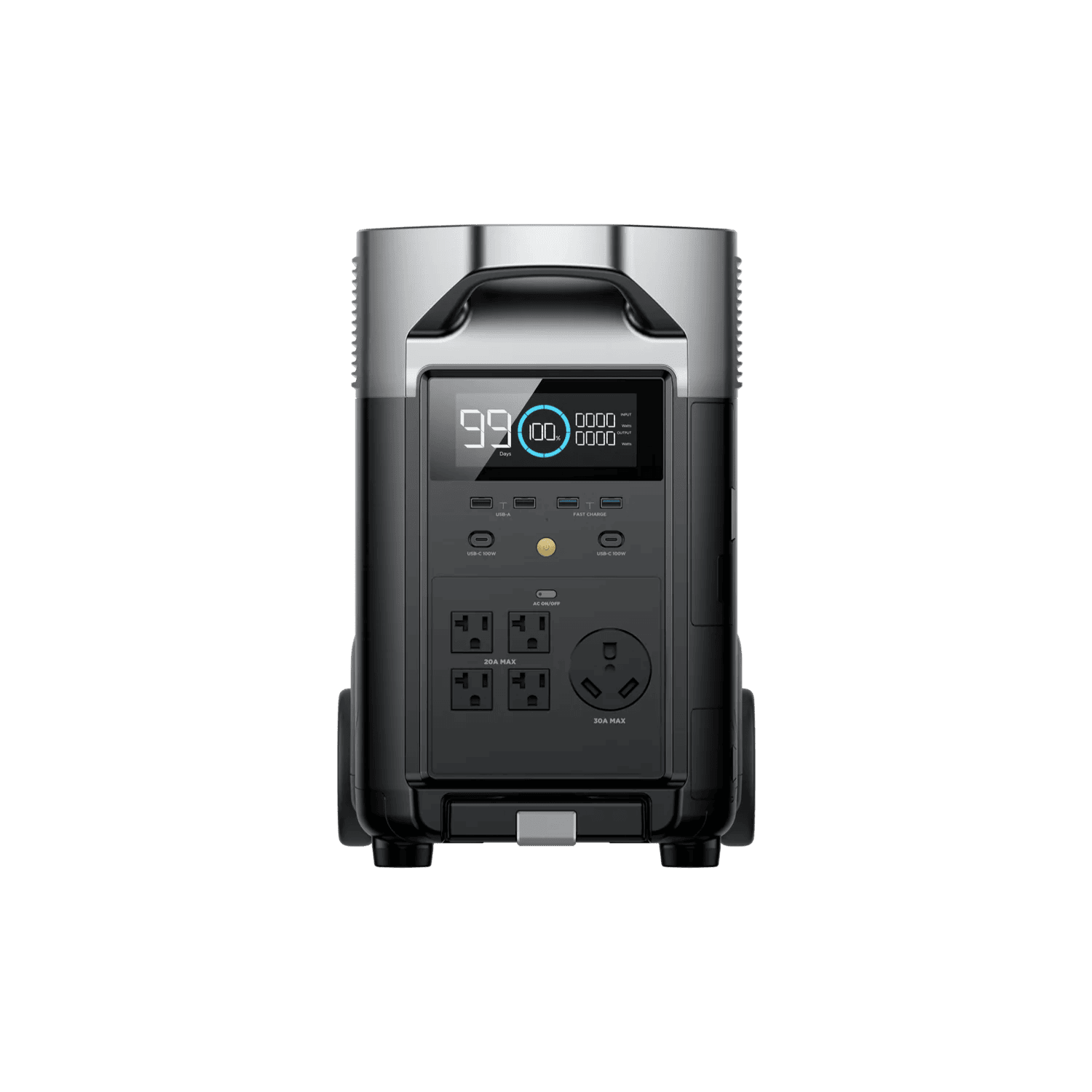
The 3 Best Backup Power Generators for Home Use
Blackouts are becoming a common occurrence instead of an occasional inconvenience.
It’s not a matter of if but when your home will lose access to the electricity grid — for a few hours or extended periods. To prepare, you should invest in home backup power, such as battery-based and generator solutions.
Generators are the best option for long-term power outages. Unlike battery-based solutions, generators produce power — not just store it.
The three options below offer a range of power output and storage capacities, charging methods, and connection choices. Pick the right option, and you can do everything from keeping the lights on to watching TV. Keep the fridge running or wash a load of laundry even when the grid goes down.
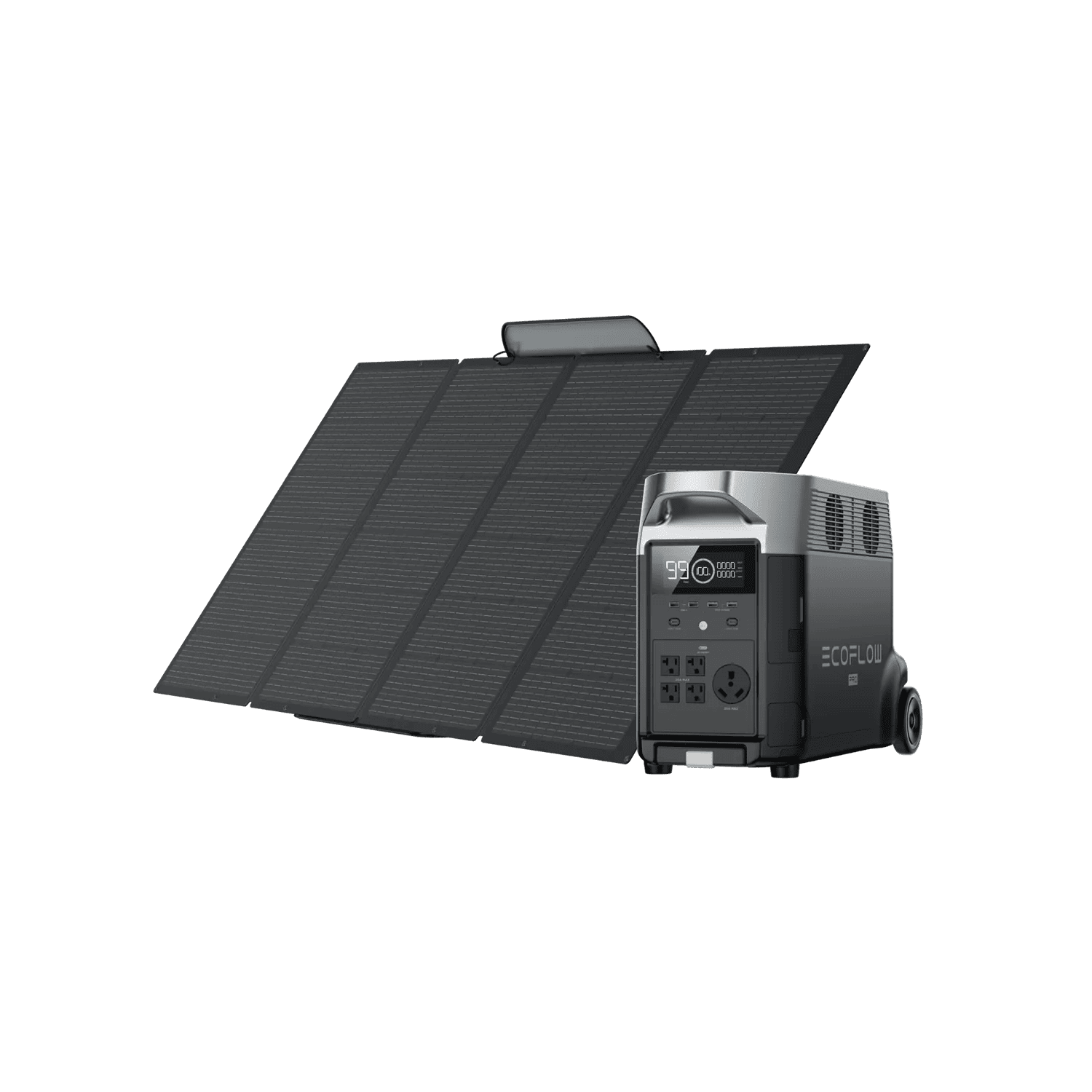
1. DELTA Pro Solar Generator
The DELTA Pro portable power station + 400 W Solar Panel delivers clean, renewable solar power to your home. With the right solar panels and the option to add extra batteries, the DELTA Pro has a power output and storage capacity of anywhere from 3.6 kWh to 25 kWh.
As part of a Smart Home Ecosystem, you can keep your entire home powered for days if needed. The bundled 400-watt solar panel generates up to 11.2 kWh of electricity daily to recharge the generator and keep your home running smoothly rather than constantly worrying about running out of electricity.
Need more power or storage? Simply add more rigid or portable solar panels and/or an extra smart battery. You can also quickly recharge the DELTA Pro using AC power before a blackout.
Once the grid flips back on, you can leave the unit or solar panels plugged in to ensure a full backup power supply the next time the lights go out. Or you can build out your Smart Home Ecosystem and live off-grid full-time…
More on that below.
2. Smart Home Ecosystem
The EcoFlow Smart Home Ecosystem pairs the DELTA Pro power station with a Smart Home Panel. This combination gives you the option for a virtually uninterrupted power supply.
Connecting the Smart Home Panel, portable power station, and solar panels to your home’s existing wiring allows you to keep essential appliances running — even if you’re not home to switch on the generator.
The DELTA Pro power station comes with 3600 watts of power output that you can double to 7200 W. That’s enough to run 99% of consumer appliances — even heavy-duty appliances like your washer, dryer, and A/C unit.
The Smart Home Panel integrates with your home wiring and circuit board. As soon as you lose grid access in a blackout, your Smart Home Ecosystem detects the outage and kicks in to deliver uninterrupted power. Use the EcoFlow smartphone app to monitor and control your home backup power solution.
Energy independence is at your fingertips.
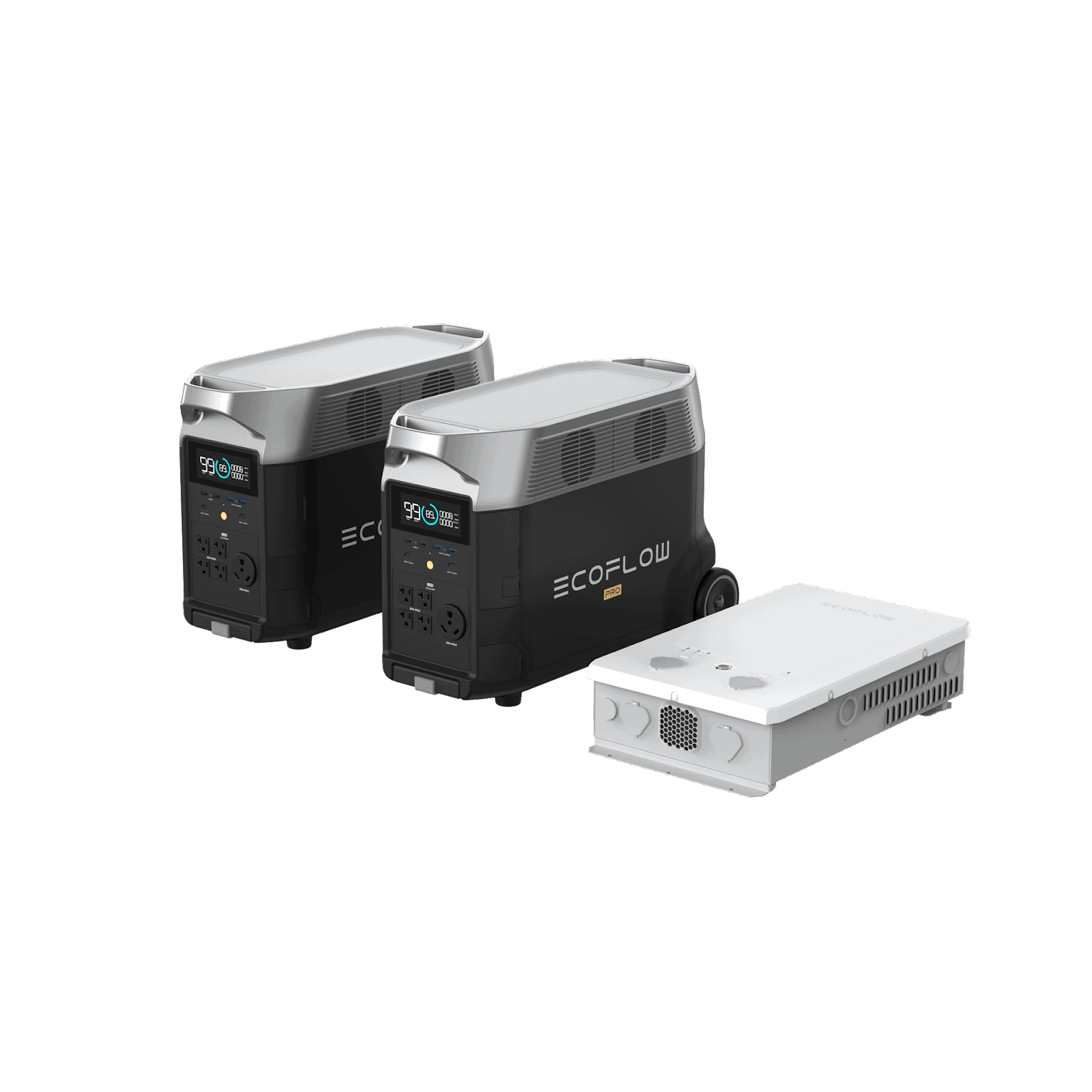
3. Whole Home Backup Power Solution
The EcoFlow Whole Home Backup Power Solution equips your entire home with electricity, even if a power outage lasts for days.
It starts with a DELTA Pro power station, which delivers 3600 watts of backup electricity to keep your essentials running for about a day.
If that’s not enough, you can add a second DELTA Pro and/or additional Smart Batteries for extra storage and keep enough electricity in reserve to keep you going for a week.
With expandable capacity, you can build a whole-home backup solution with capacities ranging from 3.6kWh to 25kWh.
You can also add solar panels to generate energy independent of the grid.
The whole house backup power solution integrates smart technology, including the EcoFlow smart panel. With smart technology, you can monitor and control how much power you’re using, at any time, from anywhere with internet access.
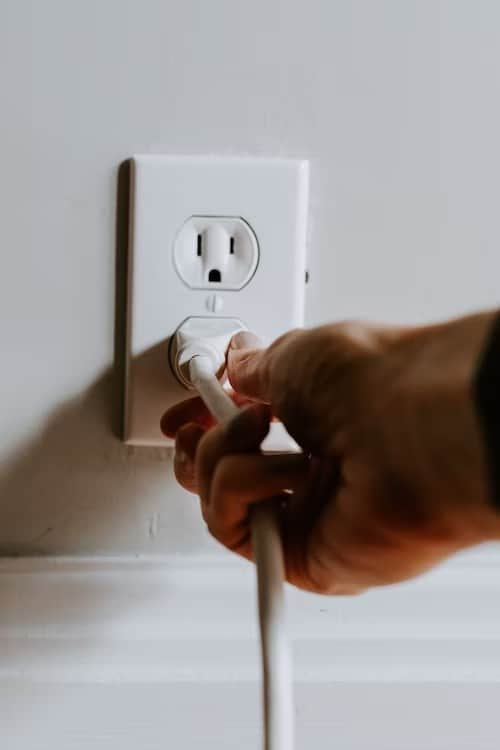
Types of Home Backup Power Generators
When you look at home backup power generators, it’s important to compare apples to apples. Some generators can support your entire home, while others only have sufficient power output for critical appliances and personal electronic devices.
Depending on the fuel source, among other factors, home backup power generators also come with different capabilities (and liabilities).
Here is a breakdown of the basic types of home backup power generators.
Portable Generators
Traditional portable generators are smaller units you can store discreetly and bring out in an outage. Typically, portable generators power essential appliances rather than the entire house. Older portable generators run on fossil fuels — propane, diesel, petrol, or natural gas.
The main downside of fuel-powered generators is that they’re extremely noisy and produce toxic emissions like carbon monoxide from burning fuel. You can’t operate them inside your home, and they require a constant fuel supply to keep running.
Solar generators are a modern alternative that don’t require fossil fuel, are safe to operate indoors, and are virtually silent.
When the grid comes back only, you can store portable generators safely and much more easily than a whole-house standby generator.
Portable Power Stations
A portable power station is essentially a large battery that stores electricity for later use. It can’t generate power independently, but it works well if you want to store backup energy for emergency outages.
With some brands, such as EcoFlow’s portable power stations (PPS), you can add solar panels to charge the battery — essentially creating a solar generator. You can also recharge the PPS using AC (household) electricity, a car adapter, or USB-C.
Charging a portable power station using solar panels goes more slowly than recharging it via a wall plug. But the result is a home backup generator that runs on clean, renewable energy — independent of the grid.
Standby Generators
A standby generator is usually a large unit that requires professional installation. For a large fossil-fuel-powered standby generator, you’ll typically need to build a concrete slab outside your home for it to sit on and use a transfer switch to connect it to your home’s existing wiring.
You need to install standby fossil-fuel generators at least 20 feet (6 meters) from your home to keep everyone safe from inhaling toxic fumes — and reduce the impact of disruptive operating noise.
Standby fossil fuel generators connect to natural gas lines or have a large tank to store the petrol or diesel they burn to generate electricity.
Solar-powered standby generators don’t require a constant supply of fossil fuel to run and don’t produce toxic emissions or disruptive noise.
Inverter Generators
A traditional generator constantly running at full speed may be convenient, but it’s also wasteful. Your energy needs always fluctuate; a generator that runs based on the power you need could save you hundreds of dollars in fuel costs. That’s how inverter generators work.
Inverter generators only burn enough fuel to meet your electricity demands. They are cleaner and less noisy than traditional fossil fuel generators, though nowhere near as clean and quiet as a backup portable power station or solar generator.
What to Consider When Choosing the Best Kind of Backup Power Generator
Only you can determine the right generator for your home.
But here are some crucial factors that can aid you in making the right decision.
Consider each point carefully before you make your backup power investment.
Power Requirements
Your starting point should be how much power you need your backup generator to supply during an extended blackout. A small generator may be enough if you only need to power a few appliances and personal electronic devices like smartphones and laptops.
However, to keep a whole house running as usual, you’ll typically need a high-capacity battery backup solution or standby generator to meet your requirements.
Size
Buying the smallest generator that meets your needs is usually the best option. Aim for a compact unit that can fulfil your home backup requirements.
Unless you’re interested in a permanent fossil fuel or solar power solution, you’ll probably want to be able to store the generator easily but access it quickly during a power outage.
Portable generators are also outstanding for off-grid applications like camping and full-time motorhome life.
If you spend several months a year in a van or motorhome — or live life on the road time — compact off-grid power solutions like EcoFlow’s Power Kits could be an ideal option for you.
Reliability
You need to be able to count on your backup power source when a blackout hits.
If you can afford it, get a generator that kicks in automatically or at least doesn’t leave you fumbling in the dark for a flashlight.
The best option for uninterrupted power is a generator that integrates with your home electrical circuits.
Noise Levels
Both you and your neighbours will appreciate a quiet backup generator. Fossil fuel generators make a ton of noise when operational; battery backups and solar generators are virtually silent.
Fuel Source
Fuel for your backup power generator can be expensive and difficult to store. Petrol has a very short shelf life. Propane is a much better option — and a dual fuel generator will give you the best of both worlds.
If you use a unit that connects to your home’s natural gas line, it will typically kick in seamlessly during an outage. But your energy bill may skyrocket. Traditional generators burn through fuel to operate and increase your carbon footprint.
Solar power and battery backup are much easier on your bank account — and our planet.
Environmental Impact and Safety
Traditional generators burn fossil fuels. They also release carbon monoxide and greenhouse gases into the air. These toxic emissions adversely affect your personal health — and the environment.
Using clean, renewable solar power will keep your family safe from potentially deadly emissions — and you’ll be doing your part to lower your carbon footprint.
Warranties
A backup power generator is a significant investment. Shop around for a warranty that protects you long-term. Get the peace of mind of purchasing from a brand or manufacturer that stands behind the durability of its products.
Home Backup Power Generator Safety
Noise isn’t the only concern a fossil fuel generator creates for your household. Traditional portable and standby generators burn fossil fuels to run — and emit carbon monoxide and greenhouse gases while they do so.
You must keep any portable fuel-powered generator outside and at least 20 feet (6 meters) from your home. If you haven’t done so already, install carbon monoxide detectors in your home to protect your family from potentially deadly fumes.
Battery backup solutions like portable power stations or solar generators don’t emit toxic fumes and are virtually silent.
Maintenance will also help protect you. Traditional fossil fuel generators require regular maintenance to run safely. Portable power stations and solar generators do not.
Routine maintenance of traditional generators will help protect your investment and ensure it’s ready to do the job during a blackout.
Keeping a generator well-maintained gives you peace of mind that your household will be safe during — even an extended power outage.
Frequently Asked Questions
The EcoFlow Whole Home Backup Power solution is the best in class in every category. Solar power charging capabilities provide reliable, off-grid energy without toxic emissions or noise pollution. Expandable capacity up to 25kWh lets you build a backup power solution to run your whole house.
Final Thoughts
Purchasing and installing a backup power system for your home is about being prepared for the inevitable time the utility grid fails. Making an informed investment also involves preparation.
Home backup power isn’t cheap. Take the time to calculate how much electricity you need and the impact on your budget, your family’s health — and the health of our planet. If you’re ready to invest in a clean whole home backup solution, EcoFlow has numerous options with various capacities to keep your home up and running for as long as you need.
